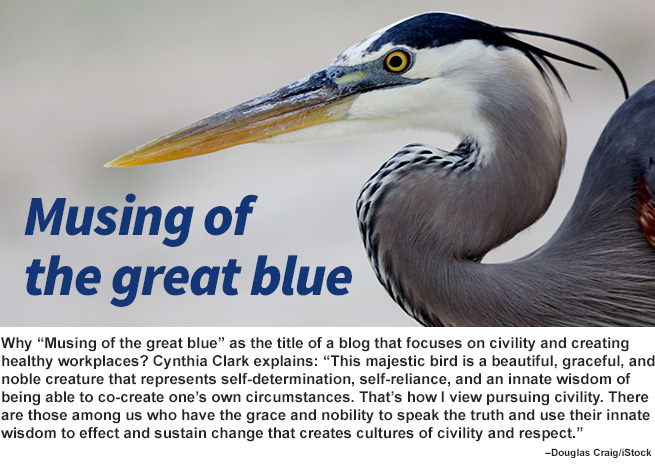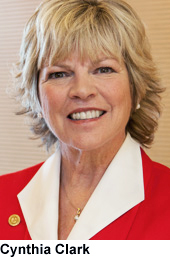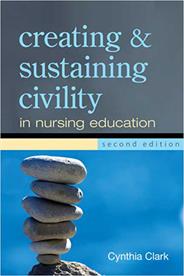We’re facing a nursing shortfall, but you’ll still find nurses everywhere.
 As the population ages, older nurses retire, and nursing schools struggle to meet the growing demand, nurses are still very visible, very industrious, and very vital.
As the population ages, older nurses retire, and nursing schools struggle to meet the growing demand, nurses are still very visible, very industrious, and very vital.
 Several years ago, I penned an editorial for our local newspaper asking, “Where are the nurses?” It occurred to me on the advent of Nurses Week 2018 that the question is still relevant.
Several years ago, I penned an editorial for our local newspaper asking, “Where are the nurses?” It occurred to me on the advent of Nurses Week 2018 that the question is still relevant.
Let’s face it, nursing is very challenging and demanding work—and likely always will be. I believe nurses walk on sacred ground; we are present during the most difficult and most exhilarating moments of a person’s life. Today, nurses are under pressure to treat more complex conditions more quickly and often with fewer resources. In the United States, as our population ages, putting greater demands on an already strained healthcare system, America’s nurses are also aging.
As I contemplate the question, “Where are the nurses?” I think about my three-plus decades of nursing practice and realize I am still in the profession because, as with so many of my colleagues, the work I do makes a difference.
Caring, compassion, and empathy are driving forces and prevailing principles that strengthen and support our professional practice. Nursing is a holistic, healing, and health-promoting art and science. Sadly, despite the fact that nursing is one of the fastest-growing occupations in the United States, demand is outpacing supply, and we find ourselves in the midst of a nursing shortage. Some may be asking, “Where are the nurses?”
 Yes, we are facing a shortfall. But even as we work diligently and creatively to address the issue, nurses are still very visible, very industrious, and very vital. Look closely and you will see that nurses are everywhere.
Yes, we are facing a shortfall. But even as we work diligently and creatively to address the issue, nurses are still very visible, very industrious, and very vital. Look closely and you will see that nurses are everywhere.
We are in emergency departments and intensive care units caring for the seriously injured and severely ill—comforting patients and families and offering hope where hope sometimes seems impossible.
We are in the schools, often understaffed and underrepresented, tending to children and reaching out in support to parents doing their best to rear children during turbulent times.
That’s us, sitting with the mentally ill homeless man, the only human contact he has had in many days.
There we are in the classroom, educating nursing students to be skilled clinicians in this noble profession.
We are the first to respond to natural and unnatural disasters, and we’re close to the battlefields, ministering to soldiers and anyone else who needs us. We care for patients no matter their ethnicity, religion, or race.
We are in neighborhoods and barrios teaching basic first aid to sheepherders and farm workers who have so little and need so much.
We are in homeless shelters ministering to parents down on their luck, who worry about making ends meet, wonder where their next meal will come from and how they will provide shelter and education for their children.
We are at bedsides with dying people, helping make their last earthly moments peaceful ones.
We are in the streets working tirelessly to ease suffering of those afflicted with addiction, mental illness, and other chronic conditions.
We’re in the mother-baby unit, delivering life and promise into the world.
We’re in the neonatal intensive care center when the tiny little infant who has been so ill and so compromised is now thriving and healthy enough to go home.
We’re at the statehouse crafting legislation and lobbying for healthcare changes that, despite seemingly insurmountable odds, improve and save lives.
That’s us in high schools and in the streets trying valiantly to understand issues of adolescent aggression and working hard to end violence.
We’re at the Centers for Disease Control and at institutions of higher learning, standing shoulder to shoulder with other researchers, working long and hard to find ways to eradicate disease, chaos, disorder, and threats of bioterrorism.
We’re running alongside breast cancer survivors in the Race for the Cure, women who have triumphed over cancer and have beaten the odds.
So you see, nurses are everywhere even though, compared to the need, we are becoming fewer and fewer, and you wonder if there will be a nurse for you when you need one most. This is Nurses Week. Join us as we honor nurses and celebrate their commitment to caring, compassion, and making a difference. RNL
 Cynthia Clark, PhD, RN, ANEF, FAAN, strategic nursing advisor and consultant for ATI Nursing Education, founder of Civility Matters, and author of Creating & Sustaining Civility in Nursing Education, is a psychiatric nurse/therapist and an expert in fostering civility and healthy workplaces. Professor emeritus at Boise State University in Boise, Idaho, USA, Clark is recognized for her pioneering work in fostering civility in the nursing community. Click here to access Blogger-resident entries by Clark posted before 2017.
Cynthia Clark, PhD, RN, ANEF, FAAN, strategic nursing advisor and consultant for ATI Nursing Education, founder of Civility Matters, and author of Creating & Sustaining Civility in Nursing Education, is a psychiatric nurse/therapist and an expert in fostering civility and healthy workplaces. Professor emeritus at Boise State University in Boise, Idaho, USA, Clark is recognized for her pioneering work in fostering civility in the nursing community. Click here to access Blogger-resident entries by Clark posted before 2017.